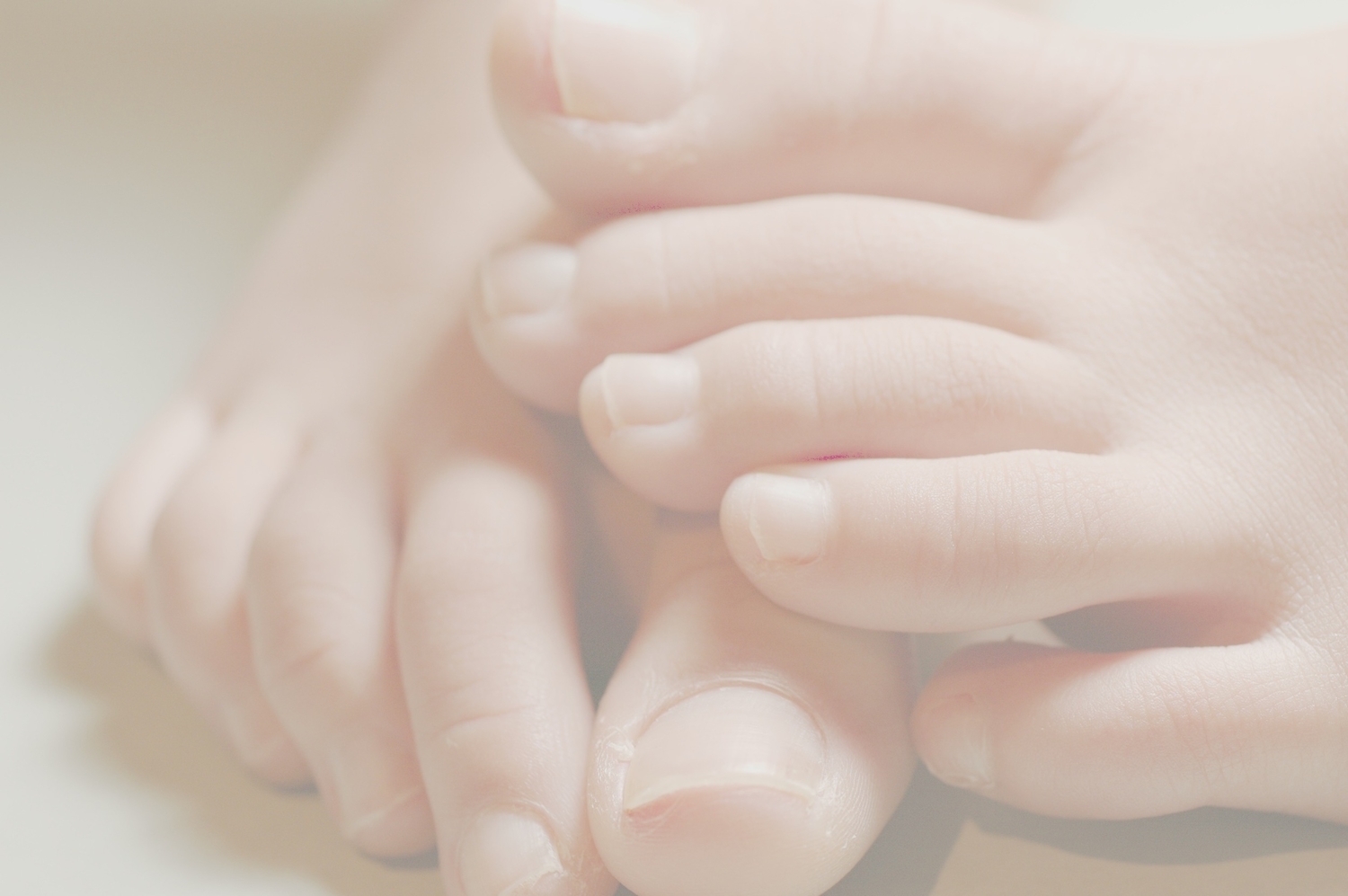Handouts for before your surgery, please click the buttons below:
Handouts, forms and additional information before your planned Syndesmosis Bunionectomy Surgery, please click the buttons below:
What to know before your matricectomy:
Before your matricectomy procedure: This will be a short procedure done in our office under local anesthesia around the base of the toe. You can drive yourself, but you will leave with a 'wooden toe' feeling on the toes that were operated on. It is very important to go right home and get off you feet for that day. Time to be a 'couch potato'. You can return to regular activities and even possibly athletic activities the next day. We will ask that you soak your foot or feet once or twice a day, put on a drop of an antibiotic prescription and apply a bandaid. Most patients will not need prescription pain medication for this. We'd like to evaluate healing in a couple of weeks.
Please bring with you a sandal, slipper, or extra large size shoe that can accommodate a rather bulky gauze dressing!
Handouts/videos for after your surgery,
please click the buttons below:
Foot and Ankle Surgery
In-office surgery: Ingrown toenail procedures, hardware removal, cyst excisions and other small cases can be done under local anesthesia alone in the office under a sterile environment. You will usually be asked to have someone take you home afterwards and the postoperative requirements will vary depending on the case.
Outpatient surgery: Our hospital based surgeries will usually be at Overlake Hospital Medical Center or Overlake Surgery Center. You will need to prepare for the surgery by have a preop consultation by your doctor ahead of time and sometime a medical clearance by your general practitioner as well. All of these surgeries will require nothing to eat of drink the night before as well as alteration of your regular medications as decided by your doctor.
Anesthesia: Outpatient surgeries will have an anesthesiologist who will administer sedation through your IV or give you a 'light' general anesthesia. Regardless of the type of anesthesia your doctor will give you local anesthesia before the surgery starts and at the end of the case. Because of the local, your anesthesia requirements will be minimal and you should not have too much nausea or grogginess after the surgery and you should have a numb foot for 1/2 to a full day after surgery. (That's a good thing!)
Pain (or lack of) after surgery: Most of our outpatient surgery patients have little to no pain after surgery. This is because of multiple factors: long acting local anesthesia given at the beginning and end of the case, a steroid injection given intramuscularly at the end of the case, ice applied right after the surgery and high doses of ibuprofen given when you get home. You will be given a narcotic medication just in case, but may not need it.
"Hospital-at-home phase": When you get home from your surgery, we'd like you to be on your back for 99% of the first three days. The 1% of the time would be to go to the bathroom. We'd also like you doing bicycle kicks in the air while still on your back every half hour for one full minute. If you're sleeping, no need to wake up for this. Someone is require to be with you for the first 24 hours preferably longer. You should not get up to cook, clean or wash windows!
Non-weight bearing: If your surgery requires not weight bearing, you will need crutches, a knee scooter, or walker. You might even want to try a wheelchair, I-walk, or Freedom Walker. The latter two are new inventions that make walking without putting weight on you foot a bit easier. Most patients use crutches and possibly a knee scooter. 'Touch down ' weight bearing may be allowed during this phase, which means putting 10 pounds of pressure on your surgery foot.
Cast boot immobilization: You will sometimes be in a postop shoe, with is a flat rigid velcro sandal. These are dispensed at the hospital and sometimes at our clinic. A cast boot is also used. They are also called camwalkers, aircasts, walking boots, and strap on boots. These will be dispensed at our clinic.
Relative rest: As you get back to activities after surgery, we recommend 'alternative podiatric exercises'. We have a specific handout for this. These exercises include cycling, swimming, sitting aerobics, upper body weight lifting...... You will need to beware of overuse injuries as you get back to you previous level of conditioning after surgery. For this reason, we recommend taking it slowly: increasing you activities by only 10% per week!
Preoperative planning for a bunionectomy
Here are the following measurements we take from a standing AP x-ray of your foot before your bunionectomy:
Intermetatarsal angle- the angle between the first and second metatarsals.
Proximal articular set angle- the angulation of the cartilage of your first metatarsal.
Hallux valgus angle- the angle between your 1st metatarsal and proximal phalanx.
Step off distance- the uncovered area on the medial side or the first metatarsal from the shifting hallux.
Metatarsal protrusion distance- the relative lengths of the first and second metatarsal.
Your bunion correction is planned preoperatively by measuring the angular correction desired ( the pink lines). This angle is put in a simple trigonometric equation with the width of the metatarsal wedge osteotomy:
tangent of (angular correction desired) X wedge width= Wedge thickness
This equation gives your surgeon the desired thickness of the angular base wedge needed to correct your first metatarsal into anatomic (normal) position.


